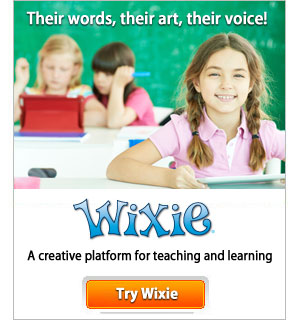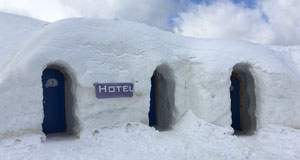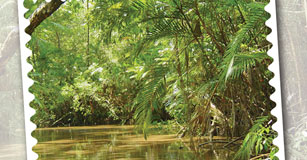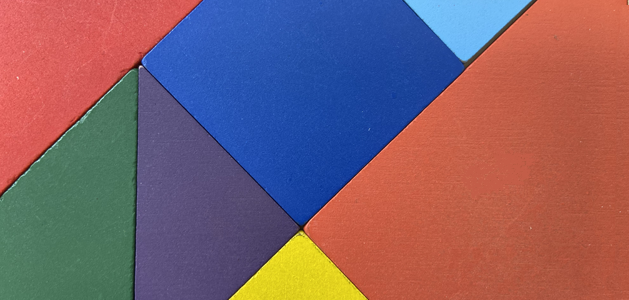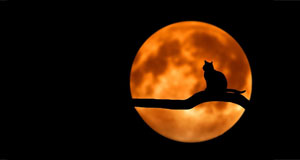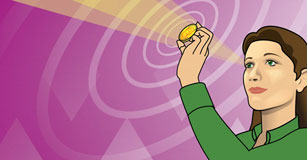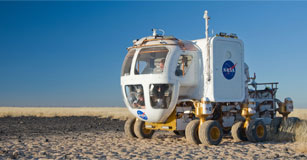Visit Our Solar System
Students learn about the planets as they create a tour to visit a planet, or planets, in our solar system.
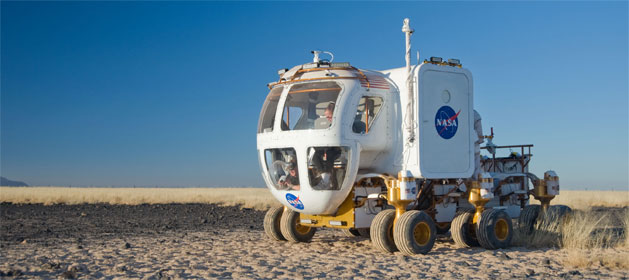
Task
Space Tours Unlimited would like to begin offering tours to the planets. They have trained astronauts who can take people on tours of a planet aboard the Cosmos2020, the most advanced shuttle to ever launch into space.
They have asked you to help create materials that describe the trips and help new customers choose to take a planetary tour.
Engage
Complete a KWL chart with your students to activate their prior knowledge about the planets. Watch videos and read books about space, such as The Magic School Bus Visits the Solar System, to get students interested in the topic.
Show your students different images of planets, like these on Pics4Learning. Discuss basic facts about each one.
Tell students they have been chosen to create a promotional piece for a visit to one or more of the planets in our solar system. On this space tour, the students will have to answer the following questions about their planet:
- What is the planet’s distance from the sun?
- What is the diameter of the planet?
- Does the planet have any moons? If so, name them.
- What is the atmosphere like on this planet?
- Are there any unusual features about this planet?
Have students use books and online resources to find answers to questions like these. There are several online resources listed in the Resources area.
Create
Once the students have completed their research, they are ready to begin creating their planetary tour. Let students know they will present their tour and describe what tourists will see.
Work as a class to brainstorm ways students can share their knowledge and make others curious to take a planetary tour. As students come up with ideas like videos and presentations, share the tools, like iMovie or Wixie that students have available in your classroom.
Students can use their research to help them choose information for their project and create a storyboard to help them organize their ideas.
Share
Have students present their completed planetary tour to the rest of the class or at a school assembly. This will help everyone learn more about the planets. You may even want to have students vote for their favorite tour.
You could also turn this into a community event by making it a travel trade show. Have each student share their tour at a planet station. Audience members can watch each tour to get an idea of which planet they would like to visit. You could also issue tickets for each tour so students and community members can choose which planet they would like to visit.
Assessment
Assess your students’ prior knowledge about the solar system as you work together to complete a KWL chart. You could ask them what they know about each planet, the sun, and the moon individually to elicit more detail. Their answers will give you insight into their current comprehension. For example, a student might share that Mercury is very hot. You might respond with a question asking what they know about the temperature on Neptune. This will help lead into understanding that the distance from the sun is a factor influencing the environment on each planet.
Student answers to research questions about the planets can give you insight into comprehension, but may also simply be an indication of a student’s ability to conduct online and print research. Engaging students in discussion about the information they have found will help you catch misconceptions and better assess understanding before project work begins.
Engage students by asking lots of questions as they are working on their itinerary and tour. You can assess their Frames, Pixie, or Wixie projects for accuracy of facts and their comprehension of what impact distance from the sun, atmosphere, and other planetary features would have on the humans visiting the planet.
Resources
Cole, Joanne and Degan, Bruce. (1992) Magic School Bus Lost in the Solar System. Scholastic. ISBN: 0590414291
Mitton, Jacqueline. (1991) Discovering the Planets. Troll Communications. ISBN: 0816721319
Simon, Seymour. (2002) Destination Space. Harper Collins. ISBN: 0688162908
Standards
NSTA-National Science Education Content Standards
Content Standard D:
As a result of their activities in grades 5-8, all students should develop an understanding of:
Structure of the earth system
Earth's history
Earth in the solar system
Common Core Anchor Standards for English Language Arts - Grade 4-5
Writing Standards
Text Types and Purposes
3. Write narratives to develop real or imagined experiences or events using effective technique, well-chosen details, and well-structured event sequences.
Production and Distribution of Writing
4. Produce clear and coherent writing in which the development, organization, and style are appropriate to task, purpose, and audience.
6. Use technology, including the Internet, to produce and publish writing and to interact and collaborate with others
Research to Build and Present Knowledge
7. Conduct short as well as more sustained research projects based on focused questions, demonstrating understanding of the subject under investigation.
ISTE Standards for Students:
3. Knowledge Constructor
Students critically curate a variety of resources using digital tools to construct knowledge, produce creative artifacts and make meaningful learning experiences for themselves and others. Students:
a. plan and employ effective research strategies to locate information and other resources for their intellectual or creative pursuits.
b. evaluate the accuracy, perspective, credibility and relevance of information, media, data or other resources.
c. curate information from digital resources using a variety of tools and methods to create collections of artifacts that demonstrate meaningful connections or conclusions.
6. Creative Communicator
Students communicate clearly and express themselves creatively for a variety of purposes using the platforms, tools, styles, formats and digital media appropriate to their goals. Students:
a. choose the appropriate platforms and tools for meeting the desired objectives of their creation or communication.
b. create original works or responsibly repurpose or remix digital resources into new creations.
d. publish or present content that customizes the message and medium for their intended audiences.



